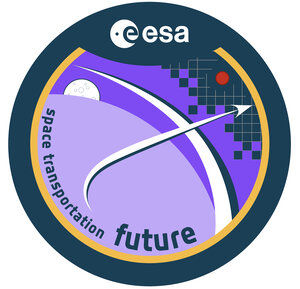Less Toxic Propellant Could Make Hybrid Propulsion System Reality
A recently introduced European regulation plans to ban the usage of all standard propellants used today. As such, ESA is looking for alternatives that meet the green and sustainable standards we need to in the future. Bipropellants, while not as urgently threatened, generate thrust when the fuel mixes with an oxidizer, in a similar reaction to combustion in a car engine. While the research and technology for monopropellants is much further ahead in terms of maturity, finding green alternatives to bipropellants are still behind.
A recent activity with GSTP and Nammo, UK, has identified an alternative to biprope llants which,
although not a full replacement for its toxic predecessor, can be used in the midterm.
The activity proposed using ammonia in place of the extremely toxic MMH. Ammonia was suspected to be a good replacement as not only is the level of toxicity much lower, assessments suggested its level of performance is comparable to and sometimes even better than, current state of the art propellants. But this is only on paper, it had never been validated, until now.
The de-risk activity, didn’t set out to answer this question – originally, the activity only had one simple question -- Can we even fire it?
The answer was a resounding, yes.
The propellant worked so well that Nammo is now looking at using it in a hybrid chemical and electric propulsion system, that could have the same performance and potentially even better than current systems. While this wouldn’t limit the amount of propellant carried on spacecraft to quite as low as with a fully electric propelled system it would save a lot compared to current chemical ones.
The activity found one small issue, where the copper engine manufactured for the breadboard testing reacted with the propellant – as seen in the image above, but it is expected this wouldn’t occur in a more developed breadboard, where the engine would be made of other materials.
The activity closed in 2021.















 Germany
Germany
 Austria
Austria
 Belgium
Belgium
 Denmark
Denmark
 Spain
Spain
 Estonia
Estonia
 Finland
Finland
 France
France
 Greece
Greece
 Hungary
Hungary
 Ireland
Ireland
 Italy
Italy
 Luxembourg
Luxembourg
 Norway
Norway
 The Netherlands
The Netherlands
 Poland
Poland
 Portugal
Portugal
 Czechia
Czechia
 Romania
Romania
 United Kingdom
United Kingdom
 Slovenia
Slovenia
 Sweden
Sweden
 Switzerland
Switzerland


























